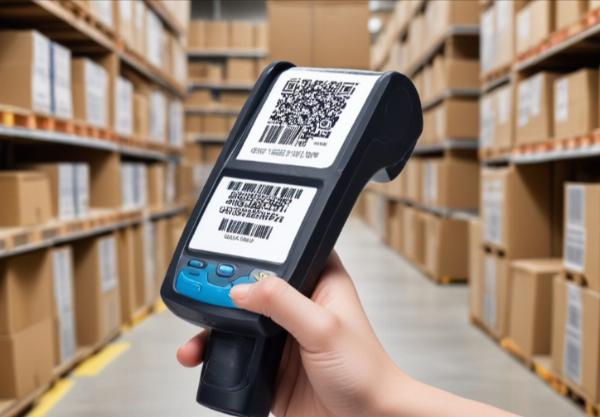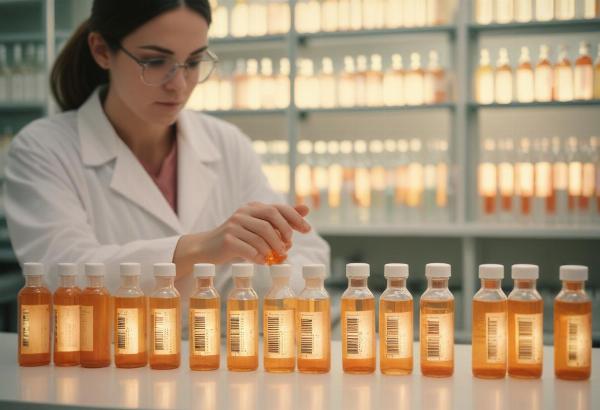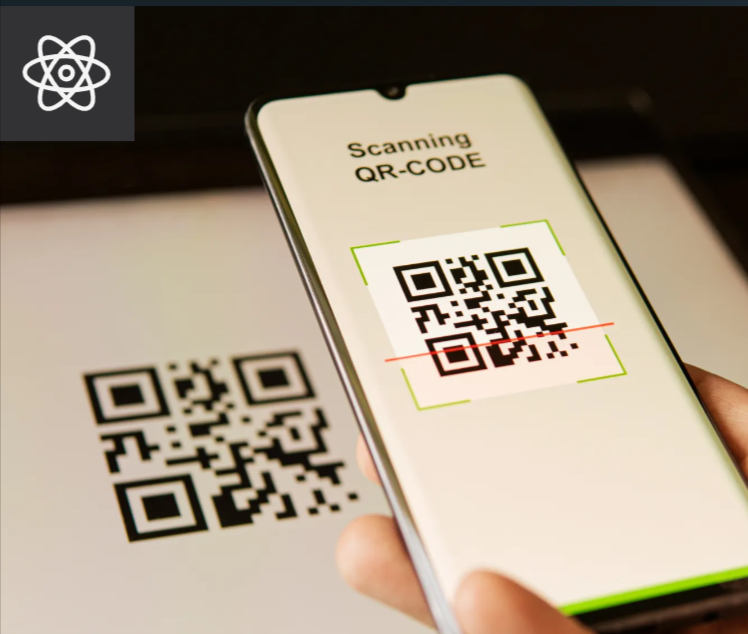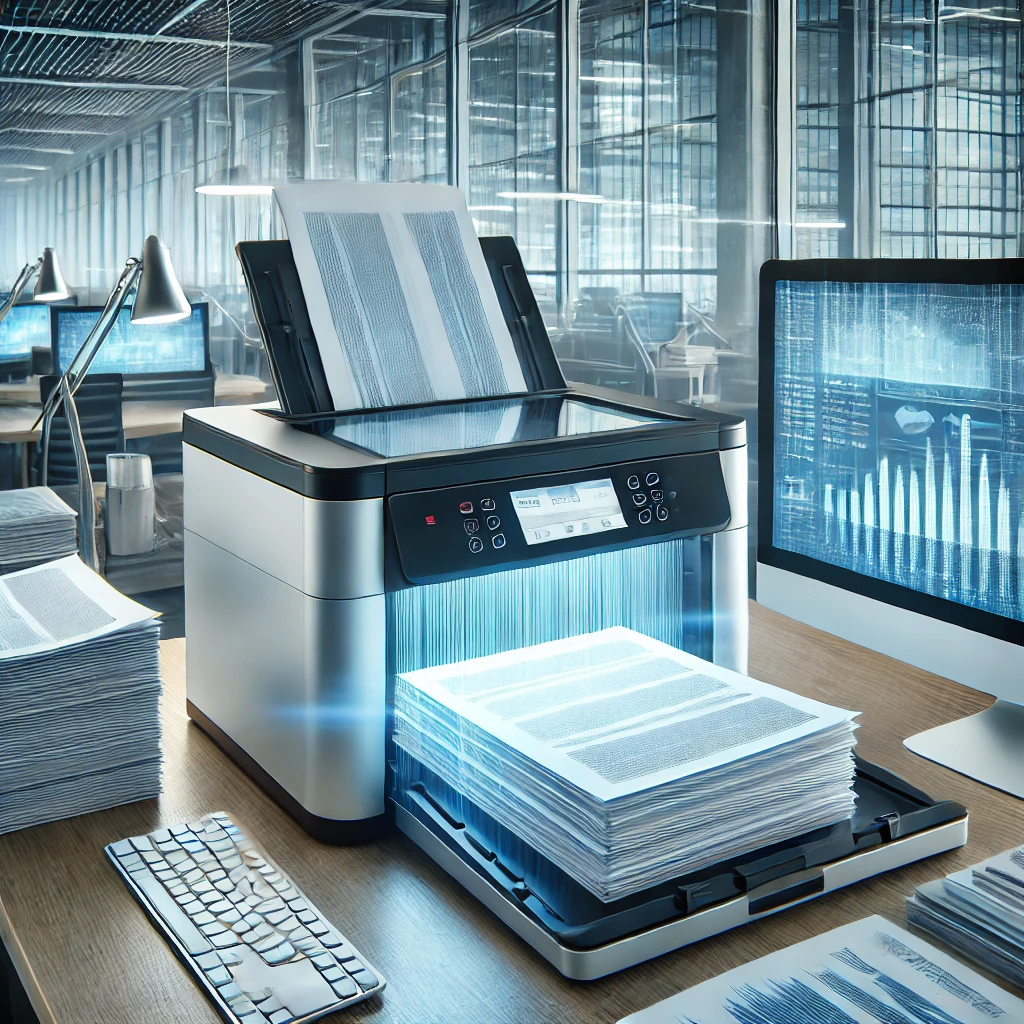 Blog Speed Optimization – Make Google & Users Happy!
Blog Speed Optimization – Make Google & Users Happy!
Top 5 Benefits of Using Barcodes in the Laboratory
Written by Eric Parker » Updated on: June 17th, 2025

In the fast-paced environment of modern laboratories, precision and efficiency are paramount. As the demand for quick and accurate results continues to rise, laboratories are increasingly turning to innovative solutions to streamline their operations.
Among these, barcodes have emerged as a crucial tool, offering a multitude of benefits that go beyond simple identification. From enhancing workflow efficiency to ensuring meticulous accuracy, barcodes play a pivotal role in transforming laboratory practices.
This article delves into the benefits of using barcodes in laboratory settings, illustrating how they can significantly improve various aspects of laboratory management and operations.
Maximize Laboratory Efficiency with Barcode Technology
1. Improved Efficiency
Including barcodes into laboratory workflows is a game-changer for efficiency. Laboratories, often dealing with thousands of samples, need to process them quickly and accurately to meet the demands of their clients. Barcodes enable this by providing a fast and reliable method of data entry.
When a sample arrives, a quick scan of the barcode instantly populates the Laboratory Information Management System (LIMS) with all relevant data. This automation eliminates the time-consuming task of manual data entry, allowing laboratory staff to focus on more critical tasks such as analysis and research. Furthermore, the streamlined process reduces bottlenecks, ensuring that samples move seamlessly from one stage to the next.
2. Better Inventory Management
Barcodes also play a significant role in inventory management. With a barcode system in place, the laboratory staff can maintain an organized inventory where each sample is easily trackable.
This organization minimizes the time spent searching for specific samples, thereby enhancing overall productivity. The use of different barcode types, such as 1D barcodes for basic identification and 2D barcodes for more complex data, allows laboratories to tailor their systems according to the complexity of their operations, further boosting efficiency.
3. Enhanced Accuracy
Accuracy is the cornerstone of laboratory operations, and barcodes are instrumental in upholding this standard. Traditional data entry methods, which rely on manual input, are vulnerable to human error. A single typo or mislabeling incident can lead to significant consequences, including compromised test results and the need for costly retesting.
By integrating barcodes with the LIMS, laboratories can drastically reduce the risk of such errors. Each sample is assigned a unique barcode, which is scanned by the barcode reader at every stage of the process. This ensures that the correct information is consistently linked to the sample, eliminating the possibility of misidentification.
Also, 2D barcodes store more information than their 1D counterparts. This capability is particularly beneficial for complex testing processes that require additional security and data validation measures. This not only improves the accuracy of laboratory results but also enhances the data's reliability, which is crucial for maintaining the integrity of research findings.
4. Enhanced Traceability
Traceability is a critical component of laboratory operations, especially in environments where stringent quality control and compliance standards must be met. Barcodes provide an unparalleled level of traceability by assigning each sample a unique identifier that can be tracked throughout its entire lifecycle.
This enables detailed tracking, allowing laboratory personnel to monitor the sample’s progress from collection through analysis and storage. If an issue arises during testing, such as a contamination or unexpected result, the barcode system allows for quick identification of the problem’s origin. This capability is particularly advantageous in laboratories that handle large volumes of samples, where manually tracking each sample would be impractical and prone to error.
The use of 2D barcodes enhances traceability even further by allowing more data to be stored directly in the barcode, including information about the sample’s history and any modifications made during its processing. This level of detail is invaluable for quality control purposes and ensures that laboratories can maintain rigorous standards of accuracy and compliance.
5. Improved Collaboration
In laboratory environments, collaboration among team members is essential for success. Barcodes facilitate this by ensuring that all relevant data about a sample is easily accessible to anyone who needs it. When a sample’s barcode is scanned, all the associated data, including notes and updates from previous handlers, becomes available, promoting a seamless flow of information.
This ease of access is particularly important in scenarios where multiple team members are involved in handling and analyzing the same sample. By having all the necessary information readily available, misunderstandings and communication gaps are minimized.
Additionally, barcodes support the integration of data within the LIMS, making it easier to share information with external partners or within scientific communities, thereby fostering greater collaboration and advancing research initiatives.
Conclusion
Integrating barcodes into laboratory operations offers many benefits that enhance efficiency, accuracy, traceability, and collaboration. By automating data entry and reducing the risk of human error, barcodes streamline workflows and improve the overall performance of the laboratory. The ability to track samples with precision and share information effortlessly ensures that laboratories can meet the high standards required in today’s scientific landscape.
With various barcode options available, laboratories can tailor their systems to their specific needs, ensuring a more effective and reliable workflow that supports both day-to-day operations and long-term research goals.
Note: IndiBlogHub features both user-submitted and editorial content. We do not verify third-party contributions. Read our Disclaimer and Privacy Policyfor details.
Copyright © 2019-2025 IndiBlogHub.com. All rights reserved. Hosted on DigitalOcean for fast, reliable performance.












